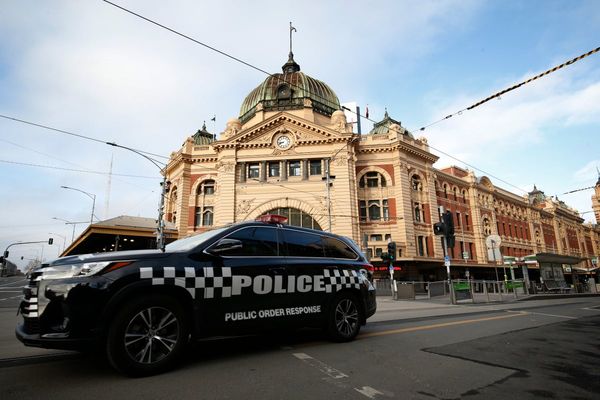The Federal Reserve could lift its benchmark lending rate by as much as 1% later this month, interest rate futures indicated Wednesday, following a much faster-than-expected June inflation reading and surprise move from the Bank of Canada.
The CME Group's FedWatch tool suggests a 48.8% chance of a 100 basis point rate hike, a move that would take the benchmark FedFunds rate to a range of 2.5% to 2.75%, following June inflation data that showed the fastest headline rate in more than forty years.
Bets on a 75 basis point hike are sitting at 51.2%, with traders betting on a 50.6% chance of a similar-sized move in September. The chances of a 100 basis point rate hike in September, essentially non-existent last week, are now pegged at 36.1%.
Benchmark 2-year Treasury note yields are trading at 3.178% while 10-year notes are pegged at 2.965%. The dollar index, which tracks the greenback against a basket of its global peers, was marked 0.14% higher at 108.213
The Bank of Canada, meanwhile, lifted its key lending rate by 100 basis points, the largest single-day move since 1998, to 2.5%, adding that it had "underestimated inflation" since the spring of last year and that more increases will be needed in order to tame consumer price increases.
"The question that has to be asked, especially after the Fed’s surprise move from a well-telegraphed 50-basis point interest rate hike expected for the June Fed meeting, that switched dramatically to a 75-basis point move following last month’s higher than expected CPI report, is a 1% interest rate option going to be discussed at this month’s Fed meeting," said Quincy Krosby, chief equity strategist for LPL Financial in Charlottesville, Virginia.
"If consumer expectations for inflation climb higher, the possibility of a 1% interest rate move will certainly be discussed by Fed members," he added. "The Fed fund futures market has already begun the conversation."
The Commerce Department said Wednesday that headline consumer prices rose 9.1% from last year, up from the 8.6% pace recorded in May and the fastest since December of 1981.
So-called core inflation, which strips-out volatile components such as food and energy prices, rose 0.7% on the month, and 5.9% on the year, the report noted, with the both the annual and monthly reading coming in ahead of the Street consensus forecast and near the highest levels since 1983.
The faster inflation reading followed last week's better-than-expected June jobs report, which showed 372,000 new position added to the world's biggest economy with only modestly moderating wage growth.
Average hourly earnings rose 5.1% from last year, and 0.3% on the month, to $32.08, while the number of hours worked held at 34.5.
Data from the Bureau of Labor Statistics' monthly Job Opening and Labor Turnover (Jolts) report, known as Jolts, showed 11.3 million unfilled positions in the job market over the month of May
"Following worse-than-expected inflation and better-than-expected job growth in June, the Fed will make another big interest rate hike at its next interest rate decision July 27," said Bill Adams, Chief Economist, Comerica Bank in Dallas. "At their last decision, Chair Powell said the July meeting would probably be a choice between a half percentage point hike and a three quarters of a percent hike."
"Unless the wheels really come off of the economy over the next two weeks, the July decision will very likely be a three quarters of a percent hike—and if not that, a full percentage point increase is more likely than a half percentage point one," he added.







